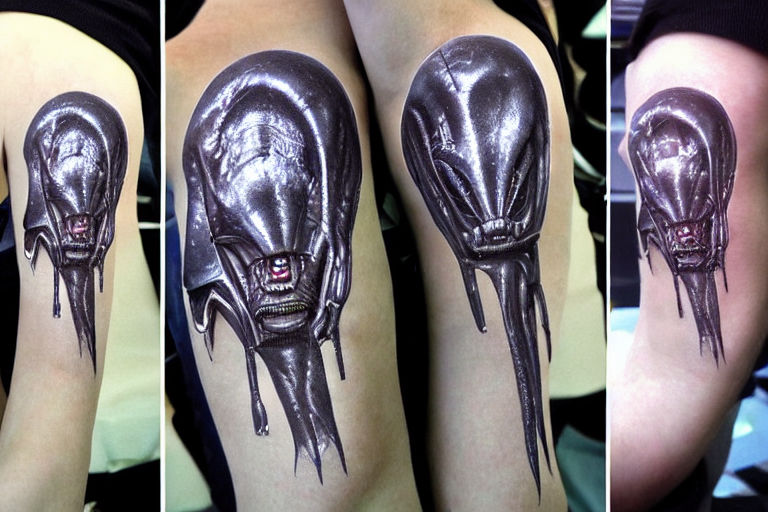The Benefits and Drawbacks of Different Medical Imaging Techniques
Medical imaging techniques play a crucial role in the diagnosis and treatment of various medical conditions. There are different types of medical imaging techniques available, each with its own set of benefits and drawbacks. In this article, we explore the different imaging techniques and their pros and cons.
X-Ray
X-ray imaging is one of the most common types of medical imaging techniques. It uses small amounts of radiation to capture images of bones and internal organs. Some of the benefits of X-ray imaging include:
- It is a quick and painless procedure
- It is widely available in almost all healthcare facilities
- It is relatively inexpensive compared to other imaging techniques
- It is effective in detecting bone fractures and abnormalities in the lungs
However, there are also some drawbacks to X-ray imaging that should be considered:
- It exposes patients to small amounts of radiation which can be harmful in the long term
- It is not effective in imaging soft tissues such as muscles and tendons
- Its 2D images may not provide enough information for complex diagnoses
Magnetic Resonance Imaging (MRI)
MRI is a non-invasive imaging technique that uses a magnetic field and radio waves to create detailed images of internal organs and tissues. Some benefits of MRI include:
- It provides highly detailed images that can detect abnormalities that may be missed by other techniques
- It does not expose patients to radiation
- It is effective in imaging soft tissues such as muscles and tendons
- It can be used to diagnose a wide range of conditions from cancer to neurological disorders
However, there are also some drawbacks to MRI imaging that should be taken into consideration:
- It is a lengthy procedure and can take up to an hour or more to complete
- It can be uncomfortable for some patients as they need to lie still during the procedure
- It may not be suitable for patients with certain types of medical implants, such as pacemakers
Computed Tomography (CT)
CT scans use X-rays to capture multiple images of the body from different angles. These images are then combined to create a 3D image. Some benefits of CT scans include:
- They can provide highly detailed images of bones, organs, and soft tissues
- They are effective in detecting small abnormalities such as tumors and blood clots
- They are relatively quick and can be completed in a matter of minutes
However, they also come with some drawbacks:
- They expose patients to higher amounts of radiation than other imaging techniques
- They are relatively expensive compared to other imaging techniques
- They may not be suitable for patients with kidney problems due to the use of contrast dye
Ultrasound
Ultrasound imaging uses high-frequency sound waves to create images of internal organs and tissues. Some benefits of ultrasound include:
- It is a non-invasive procedure and does not expose patients to radiation
- It is widely available and can be used to diagnose a variety of medical conditions
- It is relatively inexpensive compared to other imaging techniques
However, there are also some drawbacks to consider:
- It can be less effective in imaging dense structures such as bones
- It requires a skilled technician to perform the procedure accurately
- It may not provide enough information for complex diagnoses
In conclusion, there are several different medical imaging techniques available for doctors to use. Each technique has its own set of benefits and drawbacks, and doctors need to carefully consider which imaging technique is best suited for each patient and each medical condition.



